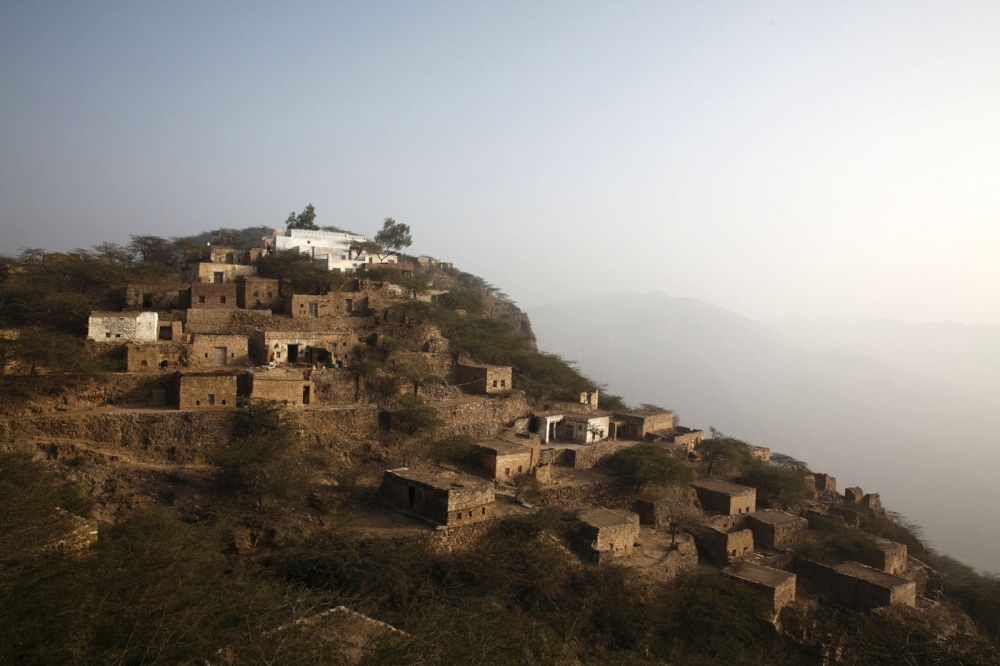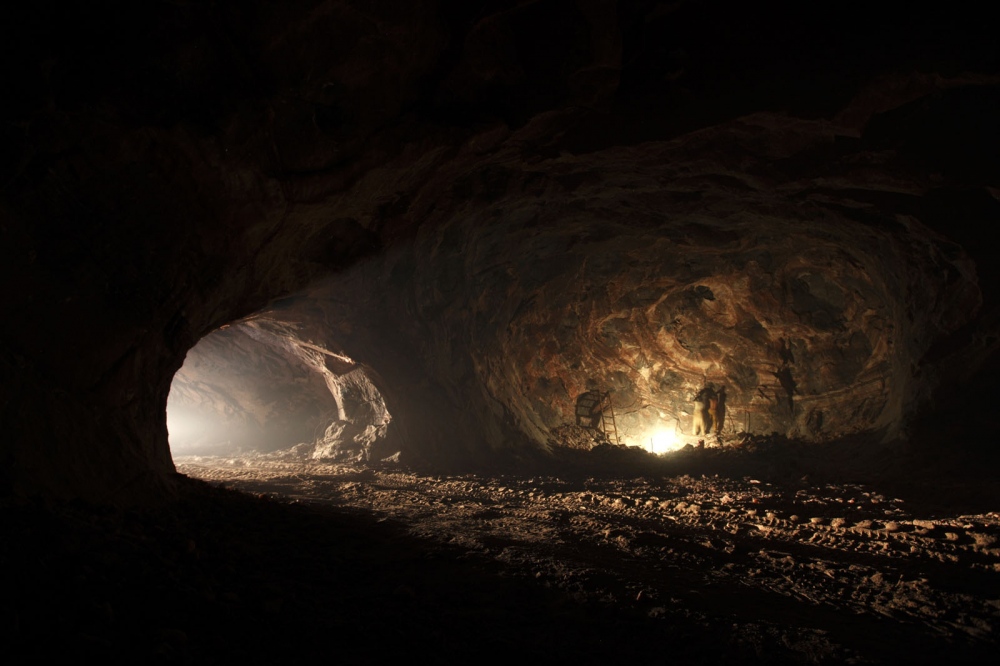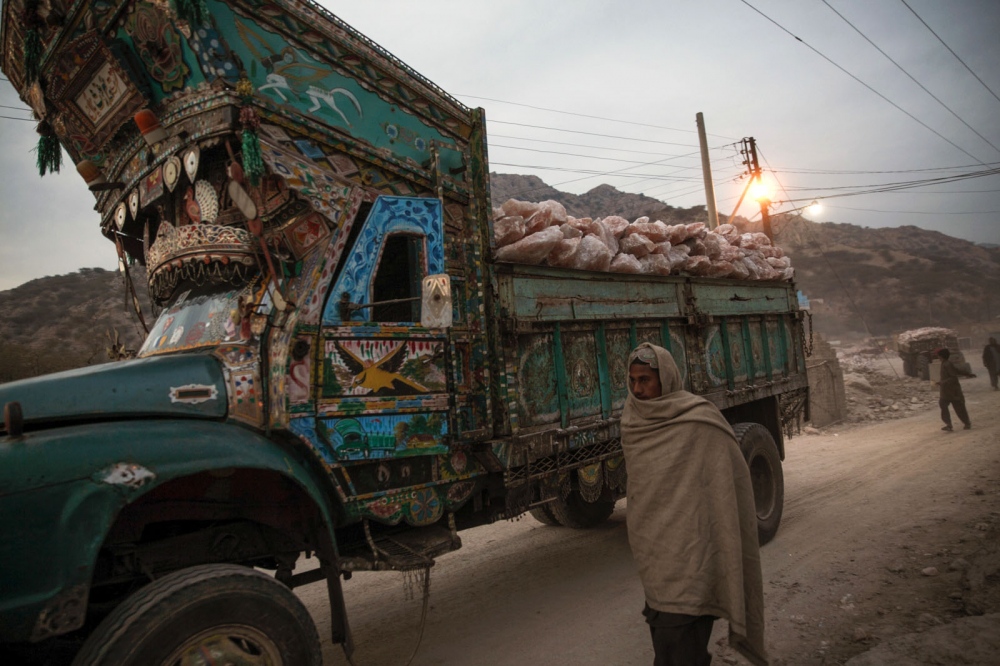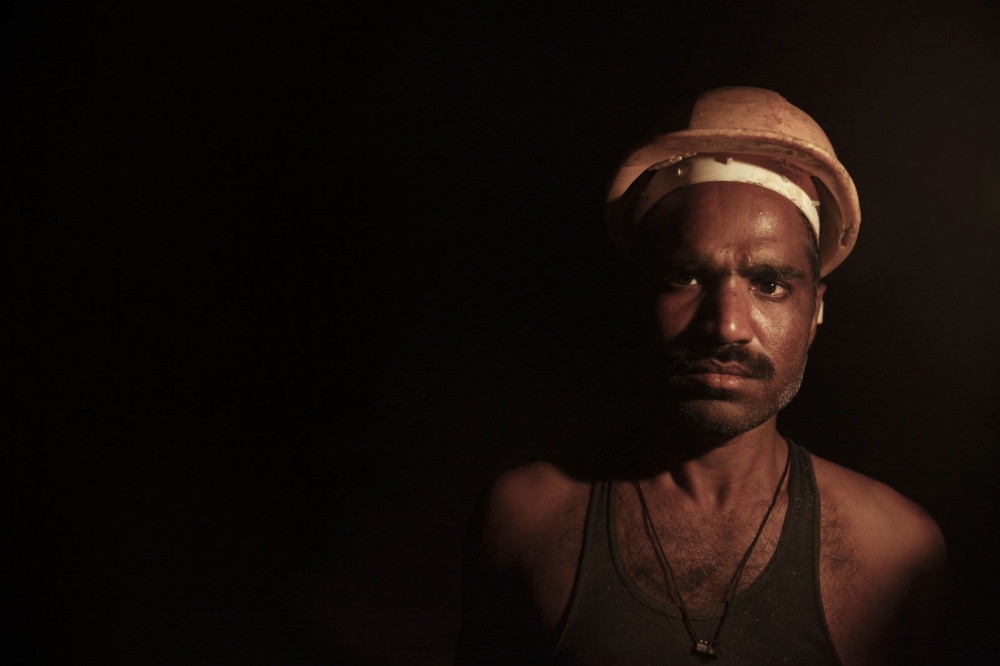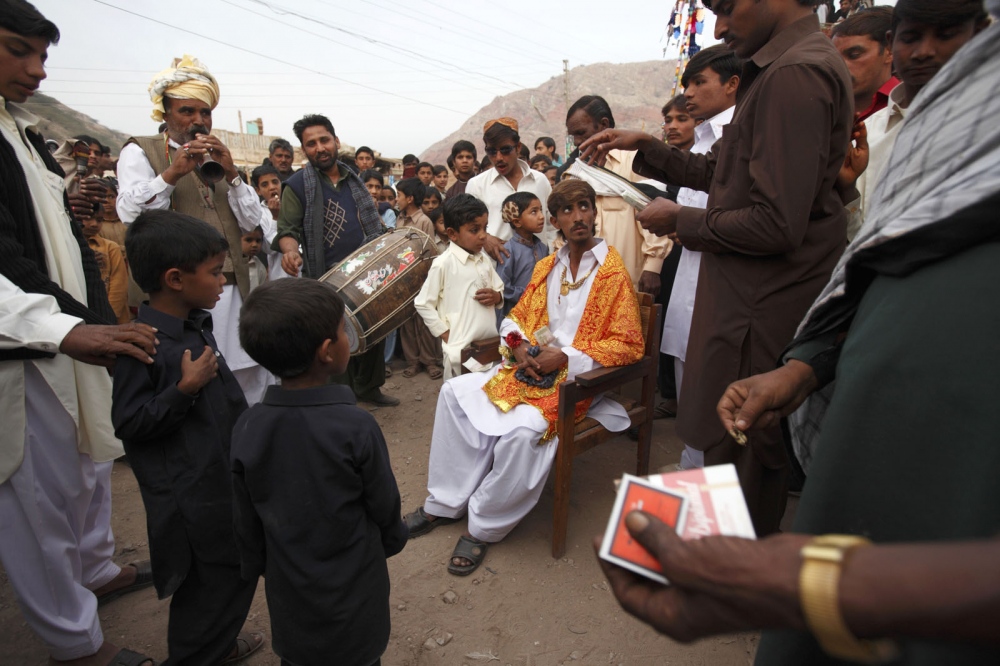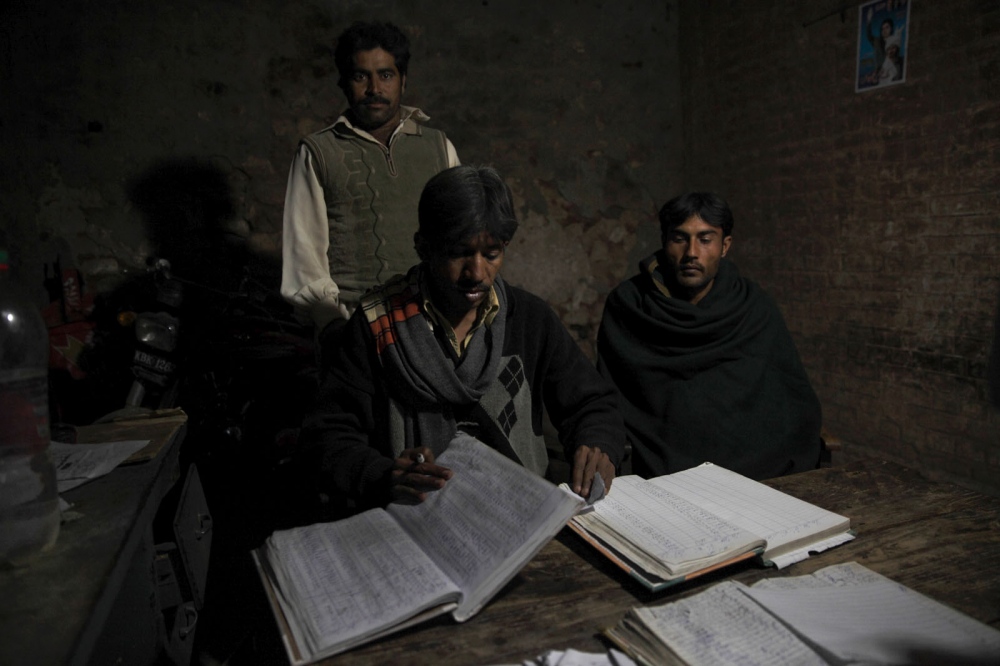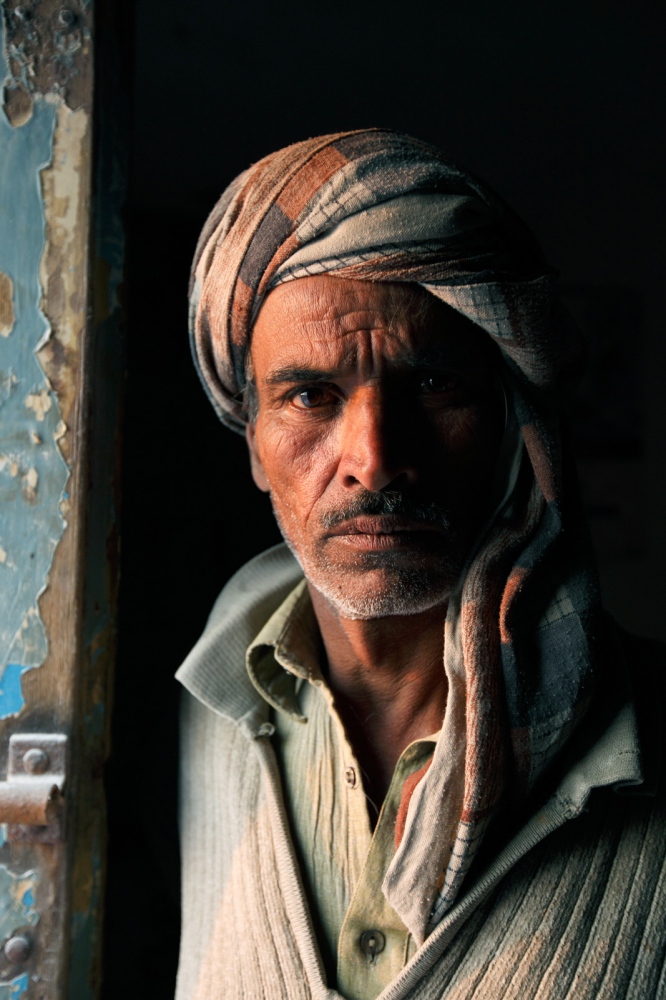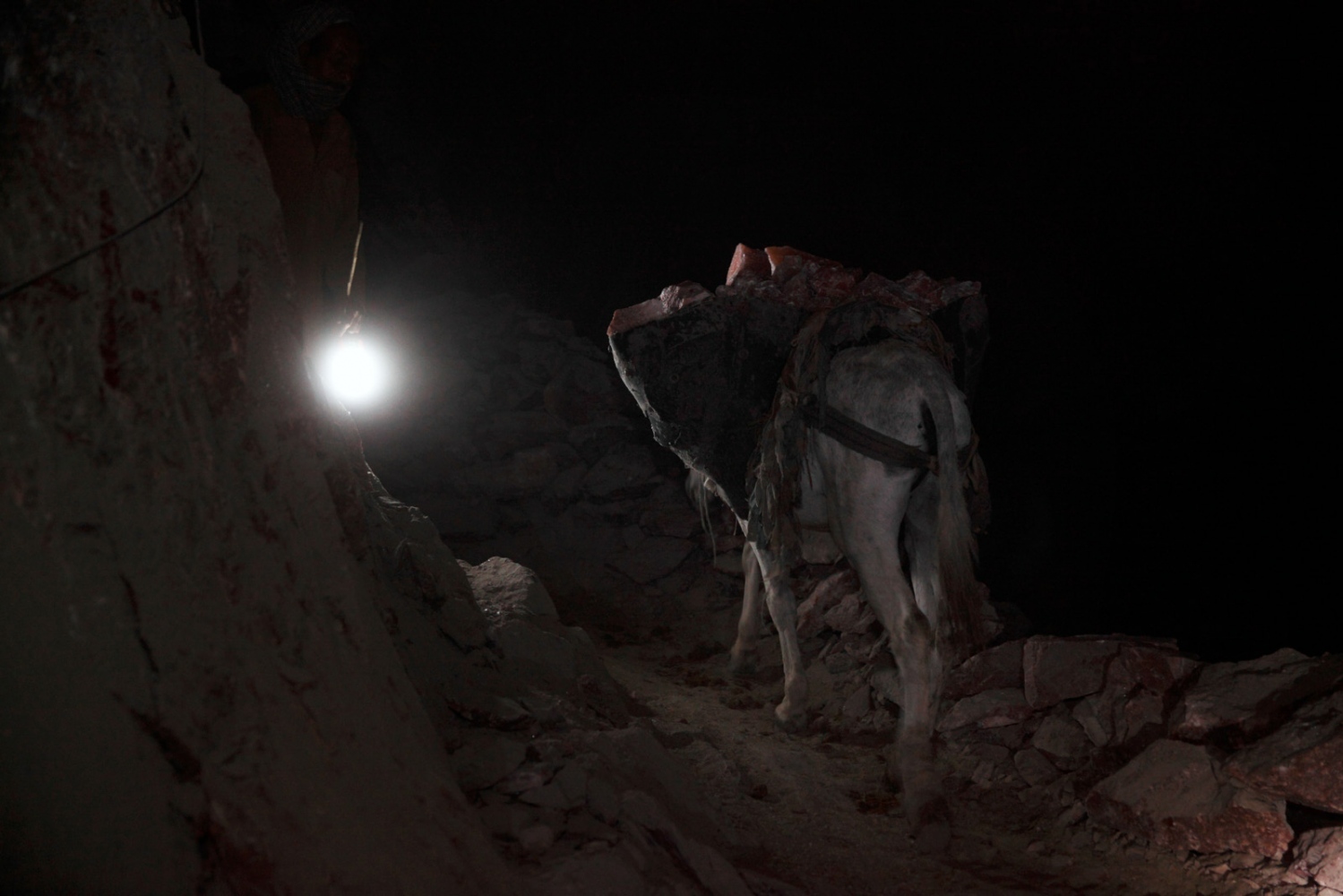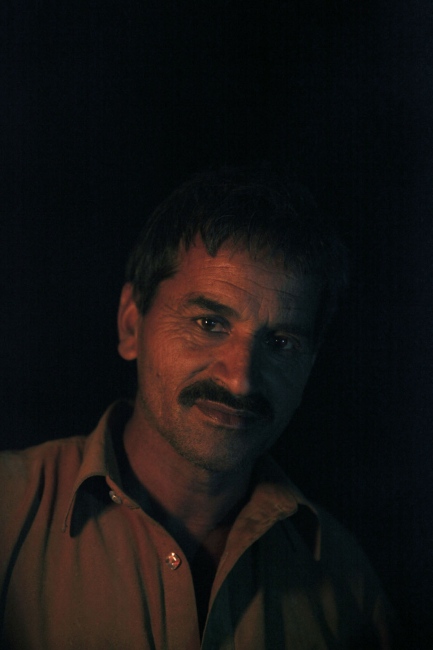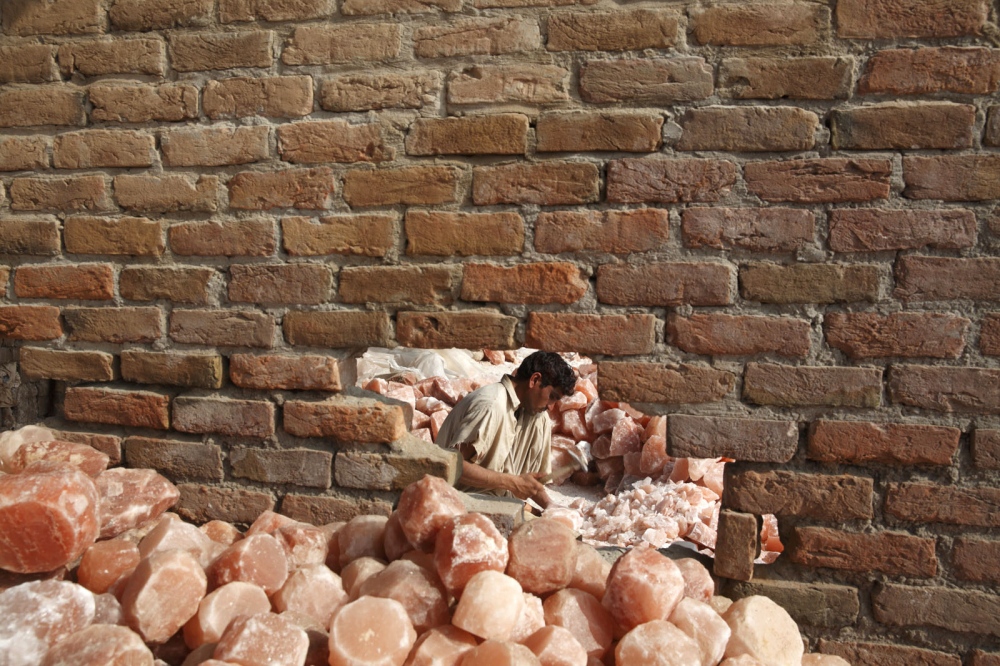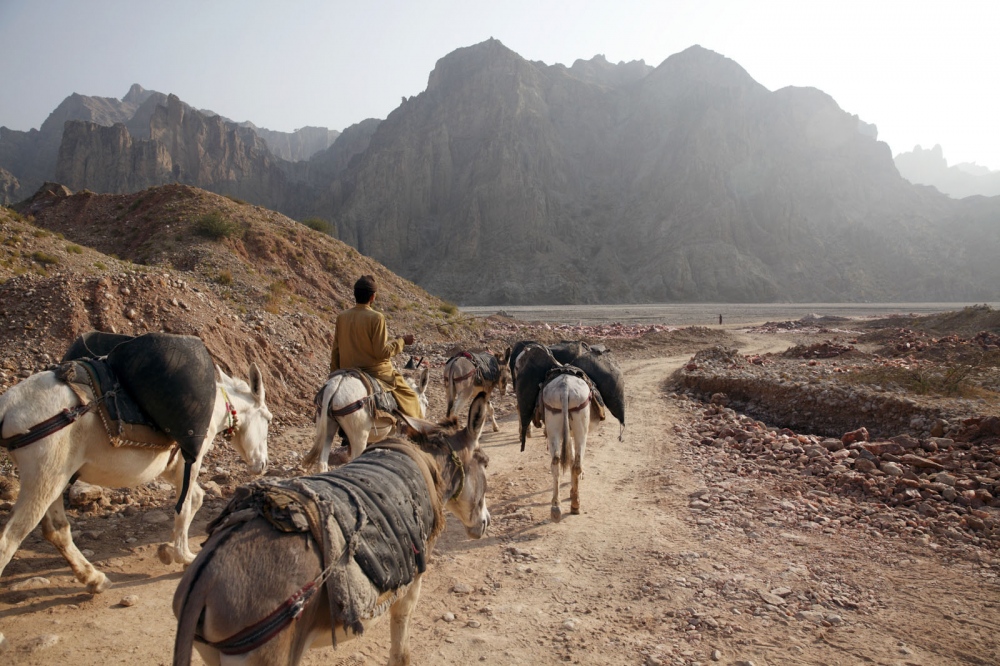Urban legend says that Alexander the Great in 326BC formed a large encampment in the area, after discovering the salt when his horses began to lick the rock. Thus was the birth of an ancient salt mining traditional in the area that still continues today.
In 1872 the British took over the mining rights in the region and the first British Chief Mining Engineer, Dr H Warth, made the Khewra salt mine his home and began to introduced new mining techniques used in Britain and the rest of the world at the time. The British continued to control the mines until Partition in 1947 when they were returned to Pakistani control.
Dr Warth also introduced a system that registered the local miners from the surrounding villages and gave them exclusive rights to work the mines thus guaranteeing a well-trained reliable workforce. These groups of miners formed Pakistan's first ever trade union in 1929
Although today the mines are controlled by the Pakistan Mining Development Corporation the same miner families, having received their hereditary rights from their forefathers, continue to work inside the salt mines.
Whilst other salt mines across the world have become more mechanised many of Pakistan's salt mines still use the same techniques employed in 1872. Work is still largely done by dynamite and by hand with some mines still using donkey's to carry out the salt. It is the strength of the salt miners Unions and the hereditary registration rights that refuses to allow the mines to become mechanised for fear the miners will lose their jobs.

